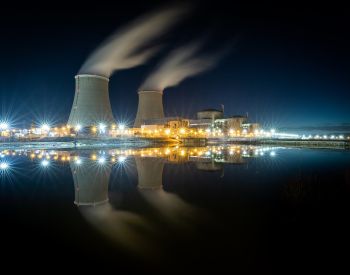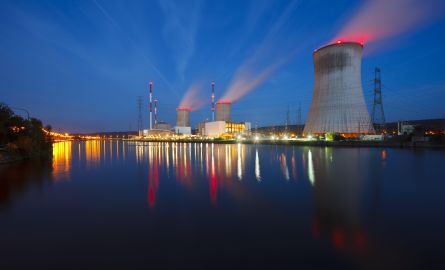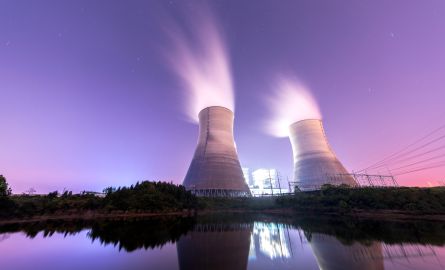Balancing the risks with the surroundings
Overview
SMRs offer many advantages compared with large nuclear power plants, including smaller footprints, faster construction and enhanced safety. SMRs can also be sited closer to end users, which improves efficiency and offers more flexibility in terms of the energy output.
Large-scale reactors have typically been built far away from other industries, so that the risk of fire, explosion, toxic gas release and other external hazards from surrounding facilities could be screened out. By contrast, developers of SMRs plan for construction of SMRs near other industrial facilities. Consequently, a broader range of external hazards needs to be considered in the design and safety assessment of SMRs.
To identify, screen, assess and mitigate external hazards from surrounding facilities, SMR developers can benefit greatly by leveraging the risk analysis experiences and methodologies found in oil & gas, chemical and other conventional industries, where consideration of external hazards from neighbouring industries is commonplace.
Of particular importance for the rapidly developing SMR industry is to ensure that site selection is based on a balanced risk profile that includes in-depth consideration of external hazards from the surroundings. To do so effectively, nuclear and conventional risk analysts need to work hand-in-hand.
At Vysus Group, we have experience in doing exactly that: we have leading risk analysis experts in both nuclear and conventional industries under one roof, working together to help our clients identify, screen and perform detailed analysis of external hazards when considering sites for SMRs.
Our other services relevant for SMRs include assessment of reliability of passive systems and general Nuclear Safety Assessment & Licensing services.
Service Breakdown
Related to the siting and design of SMRs, our services include:
- Compatibility assessments of SMRs with various surrounding industries, as input to the siting process
- Identification, screening and specification of external hazards and events for the design basis or for validation of the SMR design
- Detailed analysis of external hazards and events, such as 2D or 3D simulation of explosion, fire and toxic gas release, to evaluate the impact on SMRs
- Comparative analysis of SMR siting options for alignment with sustainability and circular economy principles




